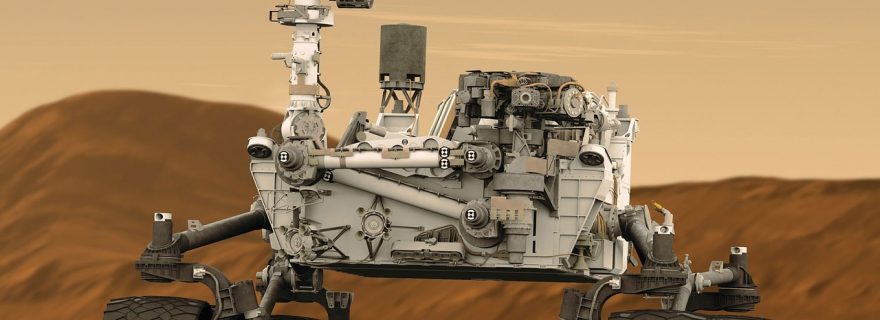The US army plans to conduct live firing tests in March 2020 from a squad of a new RCVs (Robotic Combat Vehicles) to display the various technologies and potential of using autonomous vehicles in a battle.
How will the RCVs Operate?
The RCVs will be controlled from the rear of adapted Bradley Fighting Vehicles called Mission Enabler Technologies-Demonstrators (MET-Ds). They comprise trailblazing features like 360-degree cameras and a remote turret for a 25 mm main gun which crew members will control with touchscreens.
Initial Test Plans
The month-long test should begin in March at Fort Carson in Colorado and is set to provide the Combat Capabilities Development Command’s Ground Vehicle Systems Center on the next steps in unmanned vehicles.
The initial tests will kick-off in March at Fort Carson, Colorado and will consist of two MET-Ds and four RCVs on M113 APCs (armored personal carriers) proxy platforms. All MET-Ds will carry a gunner, driver, and four soldiers, who will control platoon-level military exercises from RCVs that fire 7.62 mm machine guns.
David Centeno Jr., the Center’s chief of Emerging Capabilities Office, explains that to-date, soldiers have never operated MET-Ds. Now they will be required to use them in a way they have never done before.
The Center and Next-Gen Combat Vehicle Cross-Functional Team, mutually part of the Army Futures Command, will use soldiers’ feedback from the tests to enhance the vehicles for upcoming test stages.
Next Testing Phases
In late 2021, again soldiers will participate in the second phase of testing when the vehicles perform company-level military exercises.
In this phase, experiments will include six MET-Ds and the same four M113 substitutes. They will also incorporate four light and four medium proxy RCVs, which will be provided by industry. Before these tests, experiments with RCV light proxy vehicles will be carried out next May by light infantry in Eastern Europe.
The testing will be ramped up in phase three, probably in mid-2023, where soldiers will control the same amount of M113 vehicles and MET-Ds, but also four medium and four heavy custom-built RCVs. These vehicles will carry out an actual joint arms breach as opposed to simulations.
How will the RCV variants be transported to the battlefield? It is envisioned that the light RCV will be movable by rotary wing, the medium would fit onto a C-130 aircraft, and the heavy would fit on a C-17 plane.
What has been most impressive is the rate at which soldiers mastered controlling the RCVs during tests, particularly at the Robotic Combined Arms Breach Demonstration on May 7, 2019, at the Washington Yakima Training Center.
The Benefits of the RCVs
One goal for the autonomous vehicles, which are currently only experimental prototypes, is to determine how to infiltrate an enemy’s anti-access/aerial denial abilities without endangering the lives of soldiers. According to Centeno, the vehicles will ultimately feature 3G progressive infrared kits with a target range of no less than 14 km.
Cento says that forces are exposed to enemy fire, whether that be direct or artillery. So, there have to be ways to infiltrate that bubble, wear down their systems, and still allow freedom of ground and air maneuver. The platform gives forces a standoff.
Artificial intelligence is not only for safety, but to offload the mental drain on soldiers. However, this is asking a lot from soldiers who are accustomed to fighting in a completely different way. It also places a great deal of data and sensors in their hands. The aim is to observe how this impacts them – whether it increases or degrades their functioning.
The benefit of the heavy RCV variant is that when there are no human operatives inside, the vehicle can offer the lethality linked to armored battle vehicles, but smaller. In other words, minus a troop, the heavy RCV needs fewer amounts of armor and can instead devote power and space to buoy hybrid electric drive batteries and modular mission payloads. However, the ultimate aim of uncrewed vehicles is the safety of soldiers.
Maj. Cory Wallace, lead for the US Next-Generation Combat Vehicle Cross-Functional Team (NGCV CFT) explains that the RCV diminishes risk by increasing the geometry of a combat zone so that the threat first encounters robots before humans, providing commanders with extra time and space to make critical – and life-preserving – decisions.

